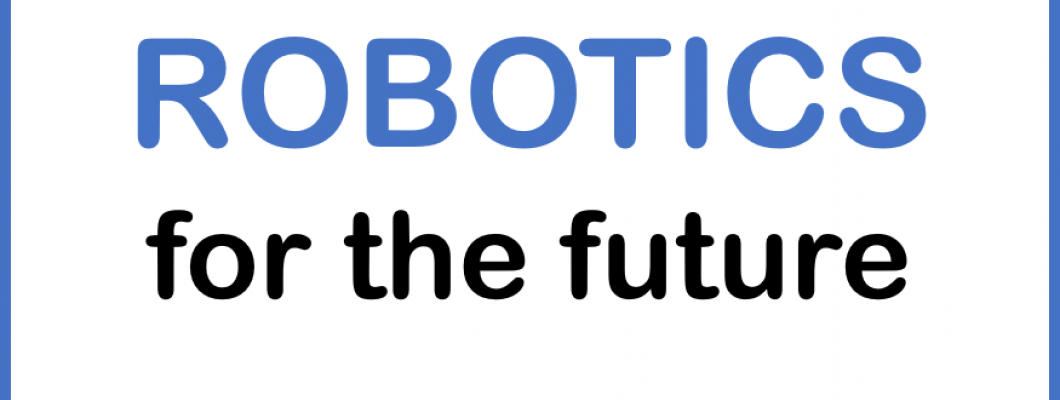
Robotics is a fascinating field that combines electronics, computer science, engineering, and mathematics to create machines that can perform tasks that are usually done by humans.
Robots can be used for various purposes, such as manufacturing, exploration, entertainment, education, health care, and military. Robots can also be inspired by nature, such as animals, insects, or plants, to achieve better performance and adaptability.
The term robot was coined by the Czech writer Karel Čapek in his 1920 play R.U.R. (R ossum’s Universal Robots), which depicted a dystopian future where artificial workers rebelled against their human creators. However, the concept of creating machines that can imitate human behavior and intelligence dates back to ancient times, when myths and legends featured mechanical beings such as the bronze giant Talos in Greek mythology or the clay golem in Jewish folklore.
The modern history of robotics can be traced to the 18th and 19th centuries, when inventors and engineers developed mechanical devices that could perform simple tasks such as playing music, writing, or calculating. Some of the pioneers of robotics include Jacques de Vaucanson, who created a mechanical duck that could quack and flap its wings; Joseph-Marie Jacquard, who invented a programmable loom that used punched cards to weave complex patterns; and Charles Babbage, who designed the first mechanical computer.
The 20th century witnessed the rapid development of robotics, especially after the invention of the transistor and the integrated circuit, which enabled the miniaturization and automation of electronic components. Some of the milestones of robotics include:
✔ The first industrial robot, Unimate, which was installed in a General Motors plant in 1961 to handle hot metal parts1.
✔ The first mobile robot, Shakey, which was developed by Stanford Research Institute in 1966 to navigate and interact with its environment using sensors and artificial intelligence2.
✔ The first humanoid robot, WABOT-1, which was built by Waseda University in 1973 to walk, talk, and play the piano3.
✔ The first space robot, Viking 1, which landed on Mars in 1976 and transmitted images and data back to Earth.
✔ The first surgical robot, PUMA 560, which was used in 1985 to perform a needle biopsy on a human patient.
✔ The first social robot, Kismet, which was created by MIT in 1997 to express emotions and communicate with humans using facial expressions and vocalizations.
The 21st century has seen the emergence of new trends and challenges in robotics, such as:
✔ The development of nanorobotics, which involves the manipulation of matter at the molecular or atomic scale using microscopic robots.
✔ The advancement of biologically inspired robotics, which draws inspiration from natural systems such as animals or plants to design robots that can adapt to complex and dynamic environments.
✔ The integration of cloud robotics, which leverages the power of the internet and distributed computing to enable robots to share data and resources with other robots or humans.
✔ The exploration of ethical issues in robotics, such as the impact of robots on human society, culture, economy, and environment; the rights and responsibilities of robots; and the moral dilemmas posed by autonomous robots.
Robotics is an interdisciplinary field that requires creativity, innovation, and collaboration among various disciplines and domains. Robotics has the potential to improve human lives in many ways, such as enhancing productivity, safety, education, health care, entertainment, and security. However, robotics also poses some risks and challenges that need to be addressed carefully and responsibly. Robotics is not only a science and engineering of machines that mimic humans; it is also a reflection of human values and aspirations.
